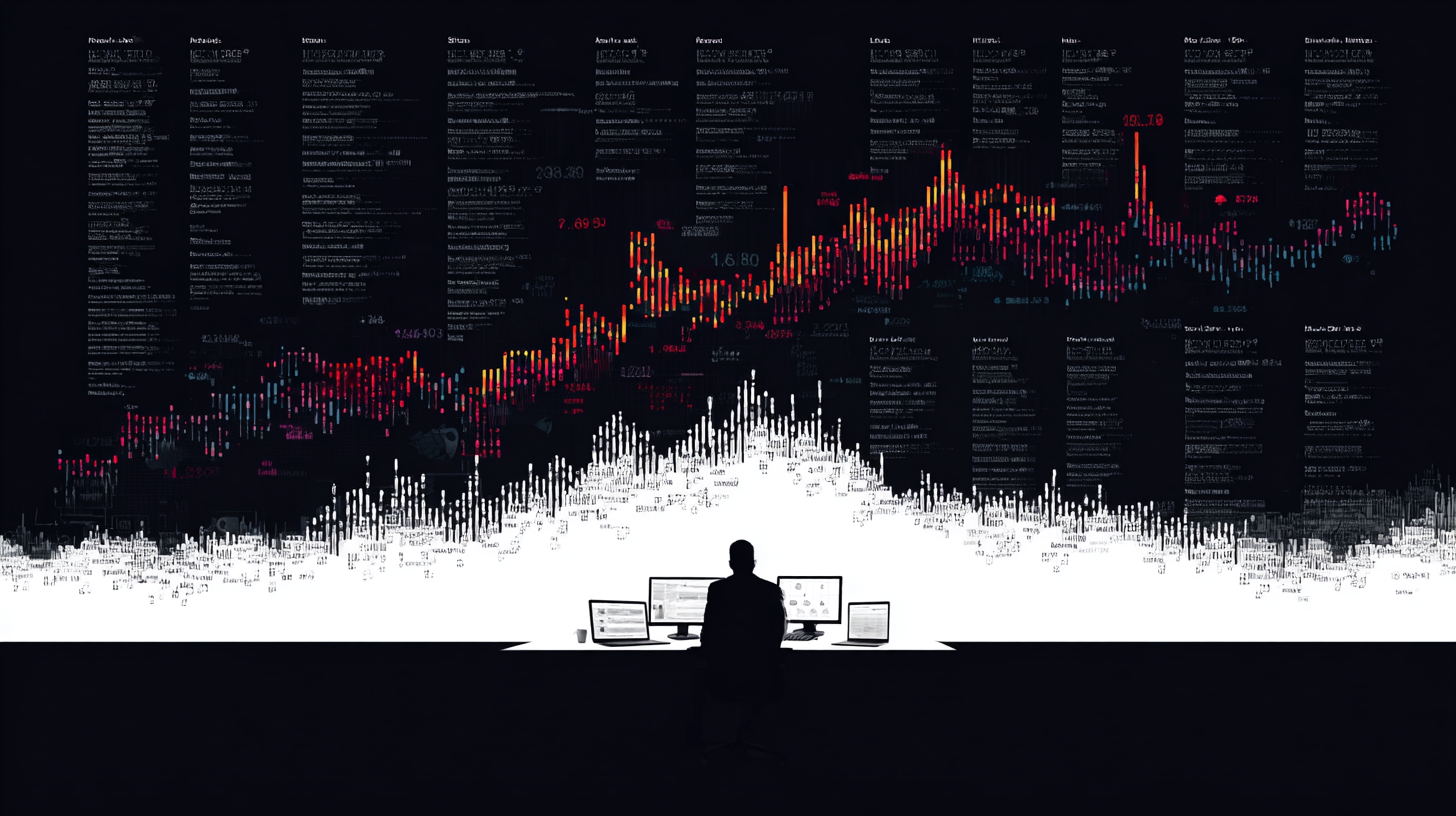Introduction
In high-complexity environments, decision-making becomes computationally intensive. The Velocity Framework suggests that added complexity "dilates time"—extending the duration required to process information and reach a confident computation, or any computation at all. When decision-makers face increasing intedependent and interdependent variables, clear resolution in the short term becomes challenging. New data and new equations are ofrent required. As the effective computation time rises (sometimes spiking to infinity), the most rational response is often to halt action. While Keynes's "animal spirits" is a reasonable explanation, throught the framework I use, I prefer to frame it as the ability to complete computations.
This dynamic explains why market participants tend to default to inaction during turbulent periods. Consumers may delay spending amid recession fears, while investors often liquidate or hold positions when risks become unquantifiable. In scenarios where outcomes are opaque, "doing nothing" becomes the strategic default-freeze; in the worse cases, flight takes hold.
Discussion
We are observing this phenomenon in the stock markets as of November 2025. Following strong performance earlier in the year, major indexes have retracted this month (since the Fed said a December reduction in rate is not a given) as investors attempt to process a surge of simultaneous uncertainties [2][3]:
Valuation Concerns: There is rising apprehension regarding equity overvaluation, specifically within AI-driven mega-cap stocks [4]. AI Return on Investment: The market is expressing skepticism regarding the timeline for meaningful earnings payoffs from massive big-tech capital expenditures [5]. Monetary Policy: Confidence in a December Federal Reserve rate cut has diminished, amplified by Chair Powell’s comments that further easing is "not a foregone conclusion" [6]. Macro-Economic Factors: Sentiment is being weighed down by policy uncertainty regarding tariffs [7] and mixed economic fundamentals, which are further obscured by delayed data from the recent government shutdown [8].
These overlapping factors have increased volatility and triggered a "risk-off" environment. with the S&P 500 facing downward pressure in recent sessions [2].
Conclusion
While market pullbacks driven by uncertainty are common, the key strategic insight is proactive complexity management. Investors and leaders should monitor decision making complexity and what is needed to resolve it.
References
[2] United States Stock Market Index - Quote - Chart - Historical Data - News. Trading Economics.
[3] Why are stocks falling and what should investors do? Experts explain. ABC News.
[4] Wall Street digests global selloff over AI worries and US rate cut doubts. Reuters.
[6] Markets no longer view the December rate cut as a sure bet, with Fed officials casting doubts. CNBC.
